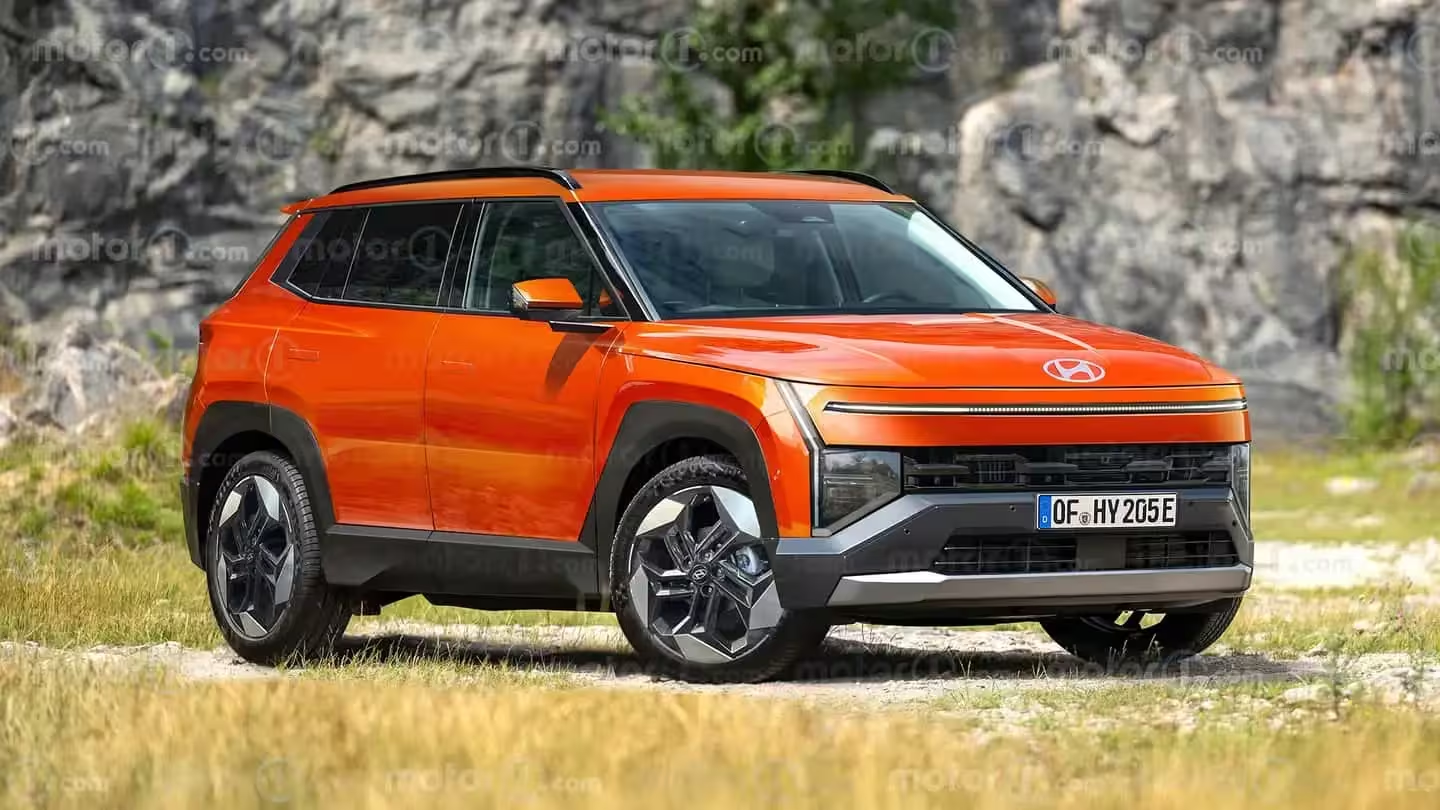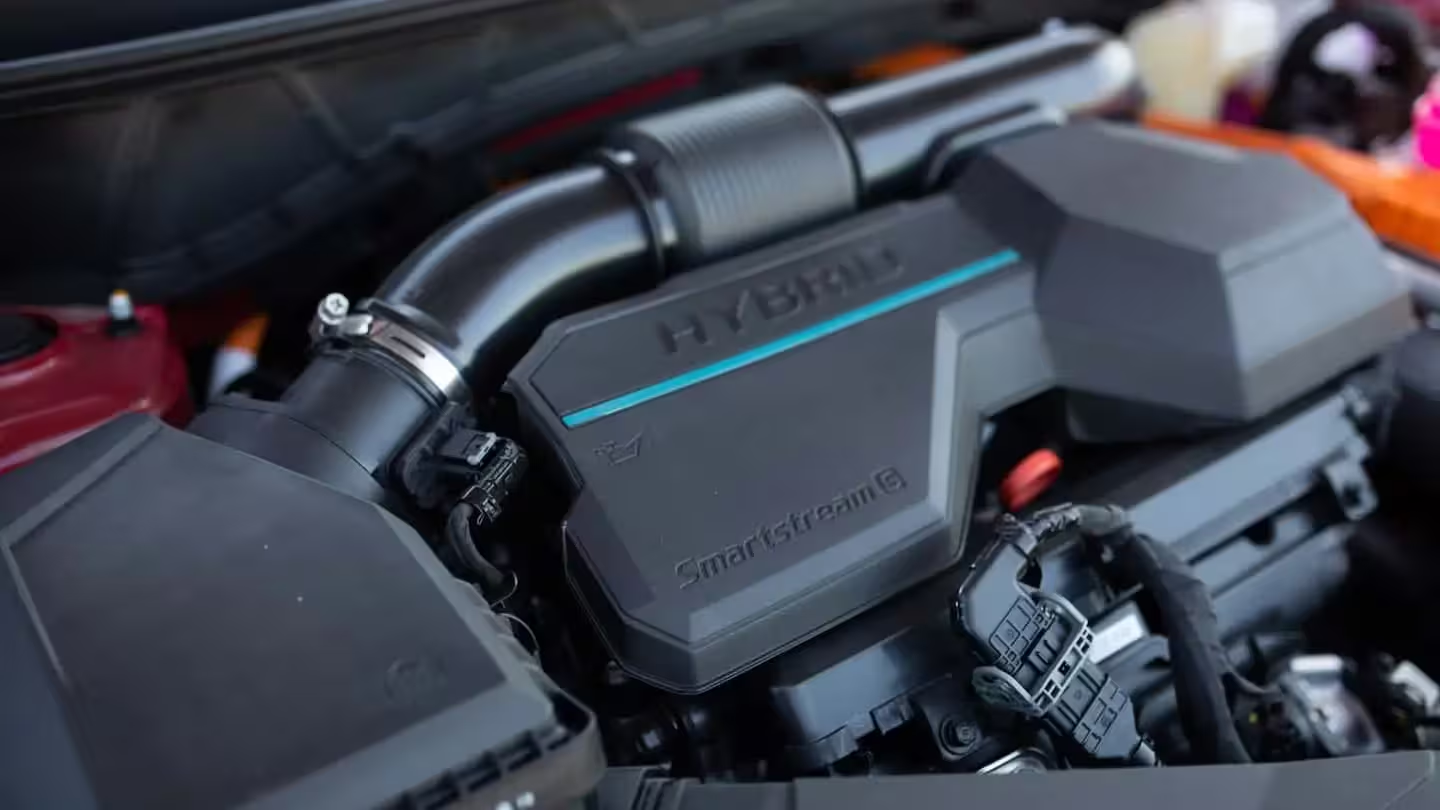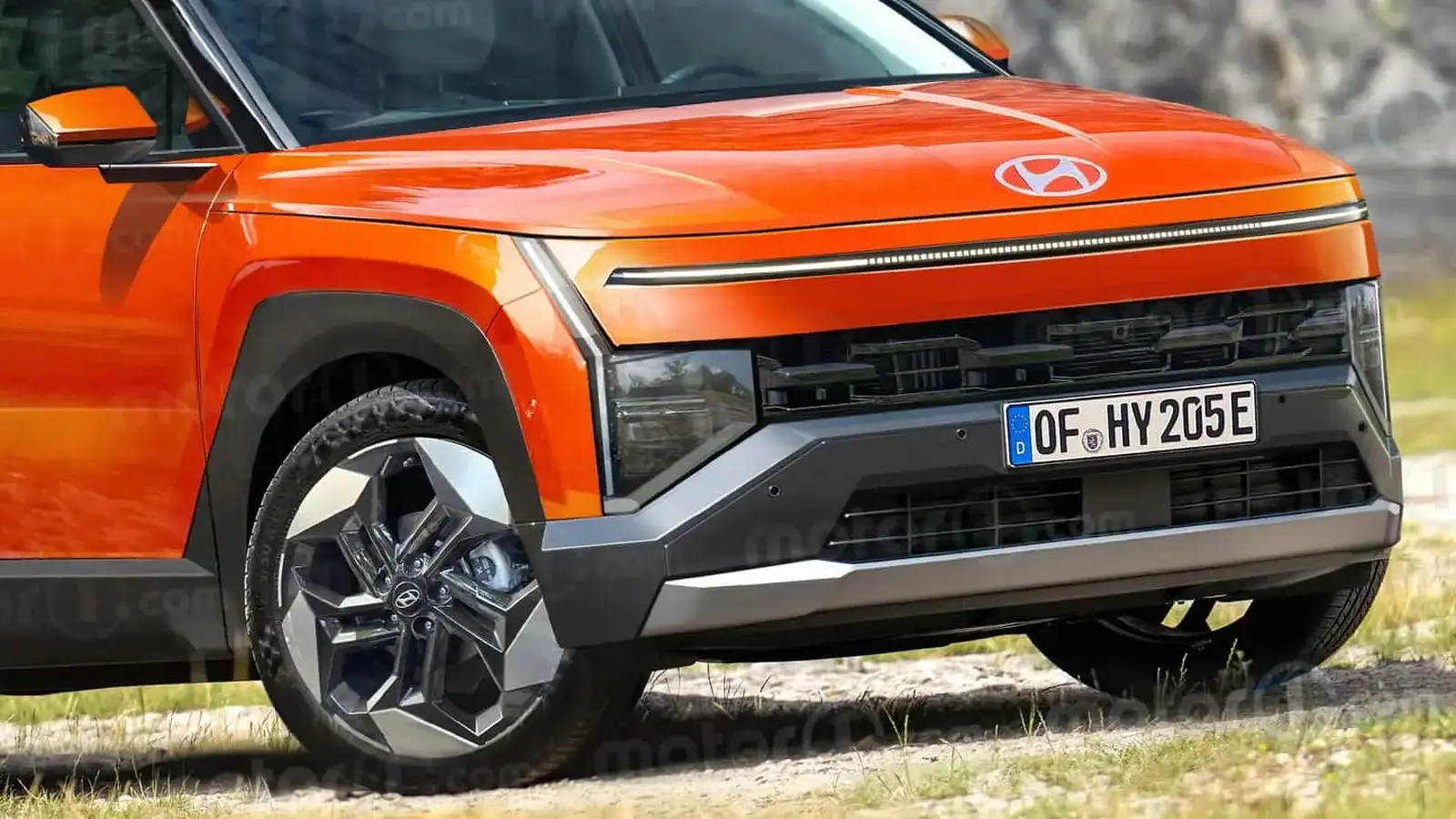6 Minutes
A Bold New Direction for the Tucson
The Hyundai Tucson celebrates its 20th anniversary and Hyundai appears ready to mark the milestone with a dramatic redesign for the 2027 model year. Reports and industry rumors point to a bigger, boxier crossover that borrows styling cues from the Santa Fe and Palisade. More than a simple facelift, the next-generation Tucson aims to refresh the compact SUV segment with new hybrid-focused powertrains, an upgraded infotainment experience, and a more practical interior layout. Below is a detailed look at what we know so far about the 2027 Hyundai Tucson.
Design: Boxier Exterior, Floating Roof, and Strong Lighting
Expect a more angular silhouette that moves away from the softer curves of the current Tucson. The next-gen design reportedly adopts blacked-out rear pillars to create a floating roof effect and shows a stronger visual link to Hyundai’s larger SUVs like the Santa Fe and Palisade. Front and rear lighting is predicted to be a focal point—bold LED signatures are likely, and some leaks even mention a clamshell-style hood. Overall, the styling will be less curvaceous and more sculpted, giving the Tucson a tougher road presence in the compact crossover market.
Interior and Practicality
Inside, Hyundai plans to introduce its new Pleos operating system with the AI voice assistant called "Gleo." Cabin architecture will emphasize large displays and advanced driver-assistance features, while Hyundai says it will retain physical controls for core functions to maintain usability. Passenger space—one of Tucson’s longstanding strengths—will be prioritized, with reports indicating a slightly longer wheelbase and improved cargo room behind the second row, particularly for the U.S. market.
Powertrain and Performance: Hybrid-Focused Strategy
One of the biggest changes could be under the skin: multiple sources suggest Hyundai may phase out the pure gasoline engine and move the Tucson toward a hybrid-first or hybrid-only lineup. Currently, Tucson buyers can choose gasoline, hybrid, or plug-in hybrid options. The regular hybrid today pairs a turbocharged 1.6-liter four-cylinder with an electric motor to generate about 231 horsepower and 271 lb-ft of torque.

TMED-II Hybrid and Plug-in Hybrid
The next Tucson is expected to adopt Hyundai’s TMED-II hybrid architecture (introduced on the latest Palisade) adapted to a smaller-displacement engine. The plug-in hybrid (PHEV) details remain less certain; the current PHEV uses the 1.6-liter engine with a stronger electric motor and larger battery delivering roughly 62+ miles of electric range and a combined output near 268 hp and 271 lb-ft. Hyundai could refine battery capacity and power outputs for more competitive EV-range and fuel economy figures.
Tucson N: A Performance Variant?
For the first time, Hyundai may bring an N-badged Tucson. Auto Express and other outlets report a performance hybrid variant is possible, with more than 295 horsepower and an electric motor on the rear axle to provide true electric-assisted all-wheel drive. If confirmed, Tucson N would target enthusiasts seeking hot-compact-SUV performance while retaining hybrid efficiency.
Specifications Snapshot (Expected)
- Platform: Updated compact SUV architecture with longer wheelbase option for U.S.
- Powertrains: Hybrid-focused lineup (possible PHEV continuation); gasoline-only models may be dropped
- Hybrid tech: Likely TMED-II hybrid system
- Power: Hybrid ~231 hp (current reference), PHEV ~268 hp, possible N >295 hp
- Electric range (PHEV): Current ~62 miles; future increases possible
- Drivetrain: Front-drive standard, AWD available (including rear electric motor in hybrid/N setups)
Technology, Safety, and Infotainment
The Pleos operating system and Gleo AI voice assistant are central to the new cabin experience, pairing AI-driven features with large, integrated displays. Hyundai has signaled it will keep essential tactile buttons and knobs for primary climate and driving controls. Advanced driver-assistance systems (ADAS) are expected to be upgraded, with improved active safety, lane-keeping, and highway pilot-style features to remain competitive in the compact crossover/SUV segment.

Market Positioning, Pricing, and Competitors
Hyundai’s decision to prioritize hybrid variants could raise the Tucson’s entry price. For reference, the 2025 Tucson S with a 2.5L gas engine starts around $30,200, the hybrid around $35,460, and the plug-in about $41,225. If Hyundai removes the gasoline base model, the 2027 Tucson’s starting MSRP may climb closer to current hybrid pricing or higher, aligning it more closely with rivals that are also expanding electrified options—Toyota’s upcoming hybrid-focused RAV4 lineup being one example.
How It Compares
Compared with the RAV4, Honda CR-V, and other compact SUVs, the Tucson’s unique selling points are expected to be value-oriented tech, roomy packaging, and a strong hybrid offering. A possible Tucson N could also differentiate the model by introducing a performance halo that few competitors in this class currently offer.
Timing: When Will It Arrive?
Hyundai has not confirmed dates, but industry expectations point to a reveal in the second half of next year, with an initial launch in Korea before other markets. U.S. deliveries are likely to begin for the 2027 or 2028 model year, giving Hyundai time to finalize production and regional specifications.
Conclusion
The 2027 Hyundai Tucson looks set to be a major step forward for one of Hyundai’s bestselling crossovers: sharper styling, a tech-forward cabin with Pleos and Gleo, and a hybrid-focused powertrain strategy that could include a performance-oriented Tucson N. While some buyers may miss a regular gasoline base engine, the redesign aims to keep Tucson competitive with improved interior space, modern infotainment, and more efficient powertrain options.
Source: motor1


Leave a Comment